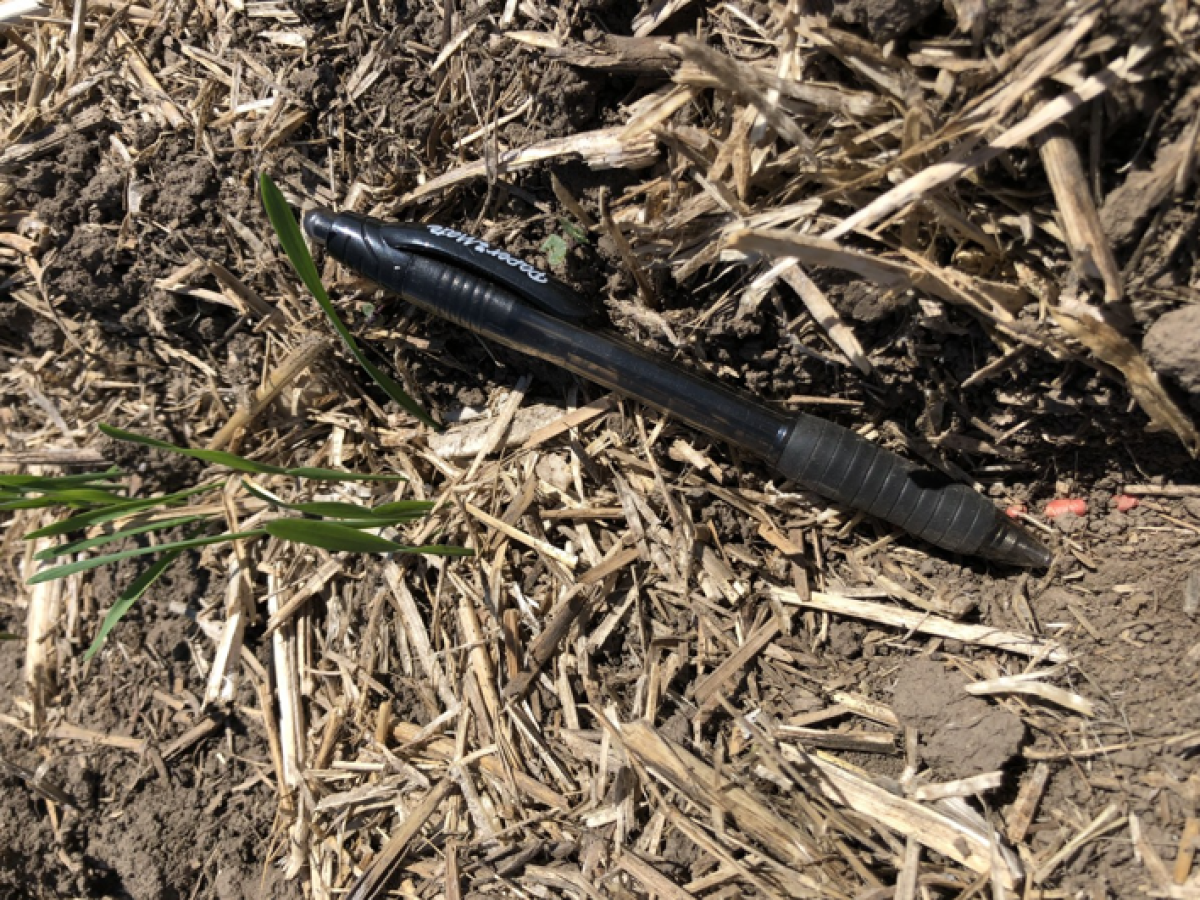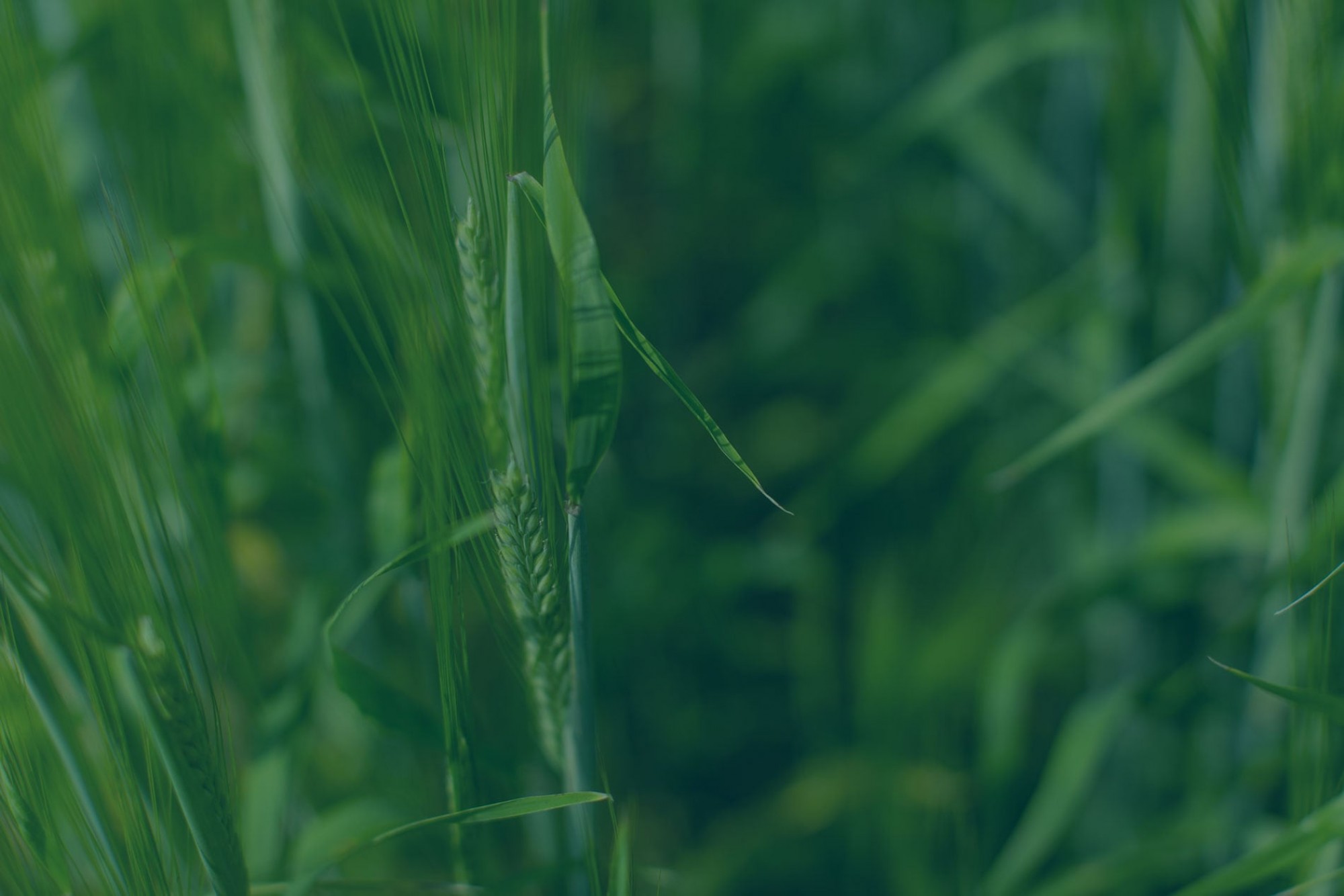Seeding into dry soils? How to improve consistent emergence
In the Prairies, seeding into dry soils is inevitable in some years. The main concern with seeding into dry soils is emergence. Lack of or variable moisture can lead to uneven emergence. Uneven emergence causes weed issues, challenges in timing in-crop management, harvest challenges and ultimately lower yield potential.
The common considerations centring around seeding into dry soils include:
• Is it better to seed deeper into moisture or seed shallower and wait for rain?
• Should I use a higher seeding rate?
• What is a safe rate of seed-placed fertilizer when soil is dry?
• Is split nitrogen applications beneficial in dry spring conditions?
• How much herbicide carryover risk is present?
This joint article, Seeding wheat and barley into dry soils, will help guide you through the above considerations. Please note that the best solutions will differ at each farm, depending on the conditions and forecast. Consult with local agronomists for farm-specific best practices.

Figure 1. Uneven emergence resulting from shallow seeding into dry soils. Seeds towards the right of the photo have not yet taken up water or started to germinate, while plants on the left have emerged.

